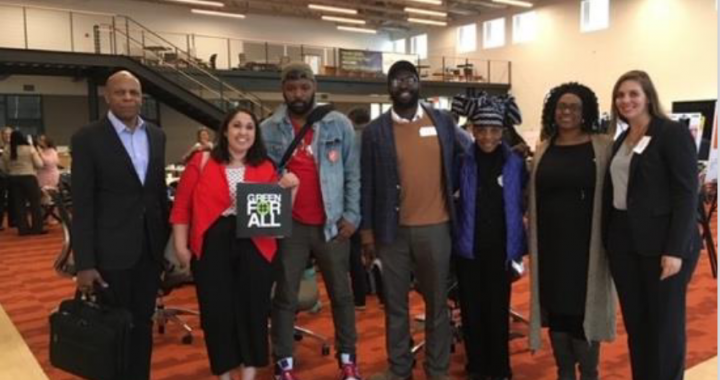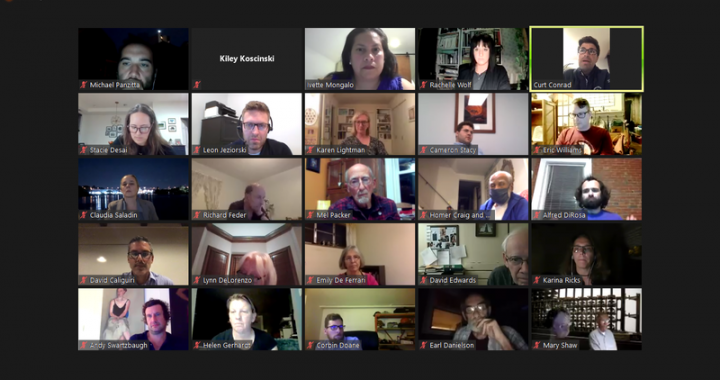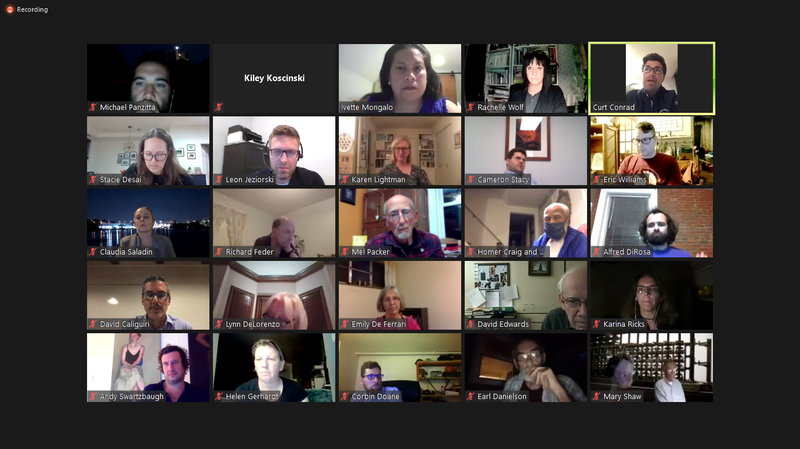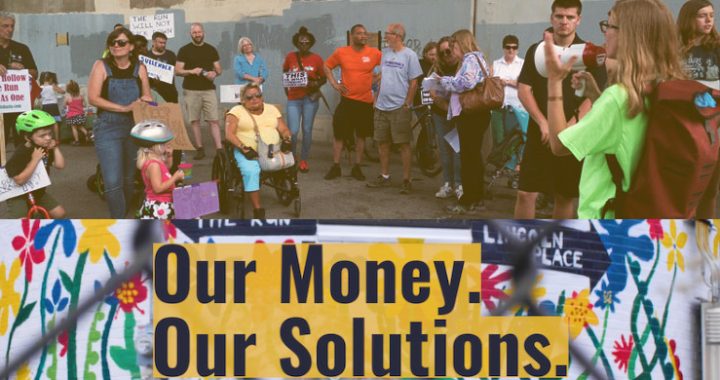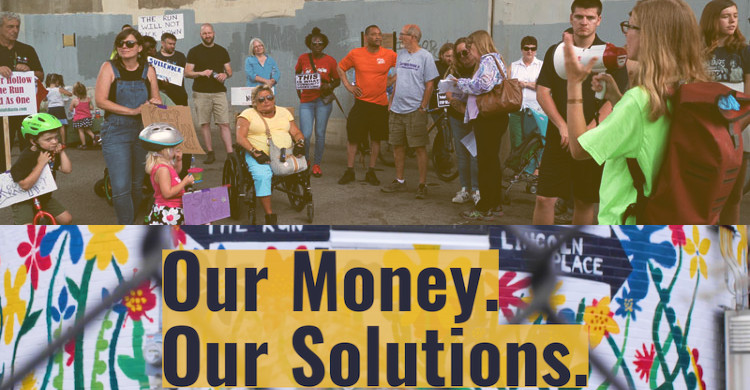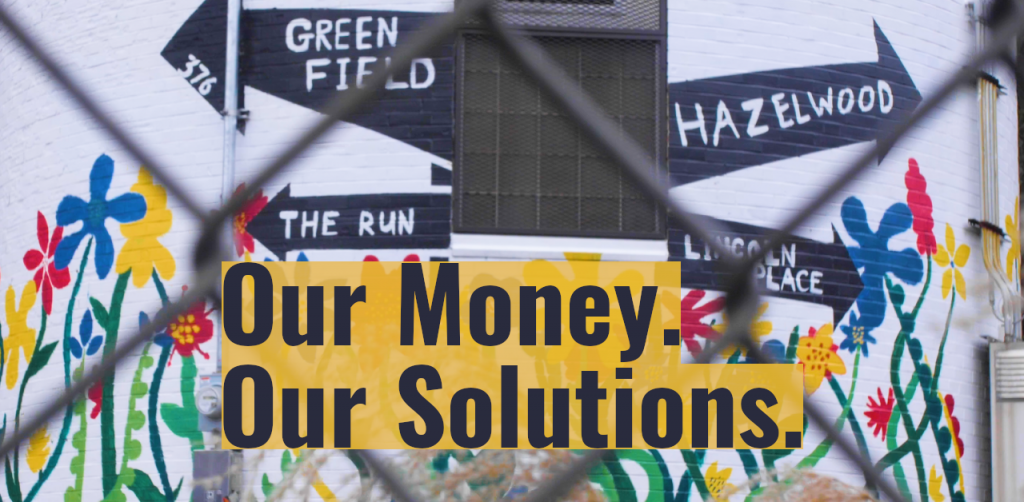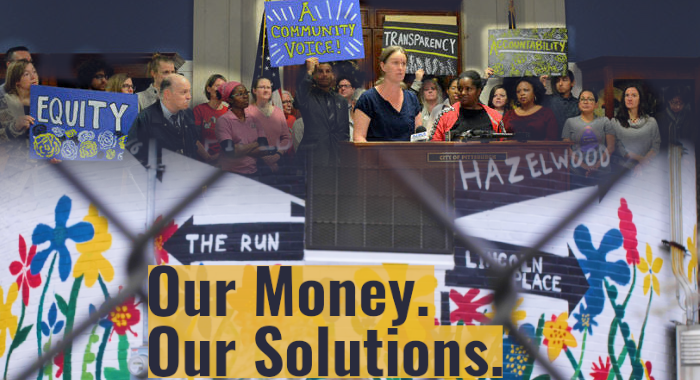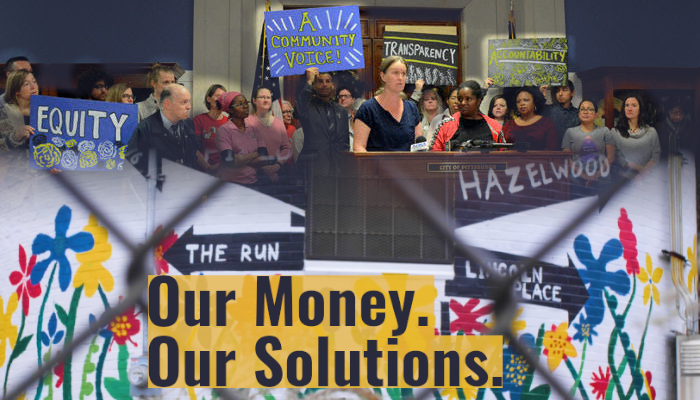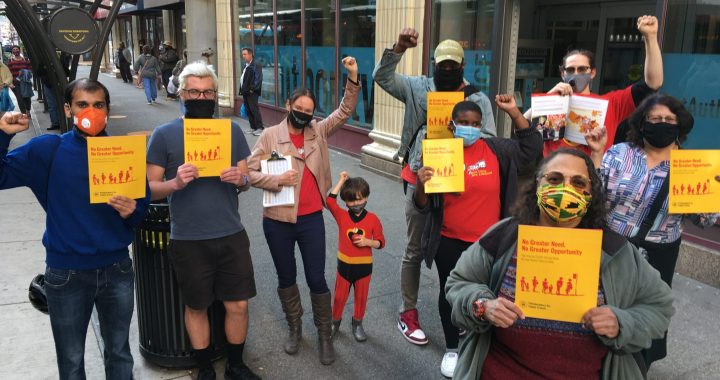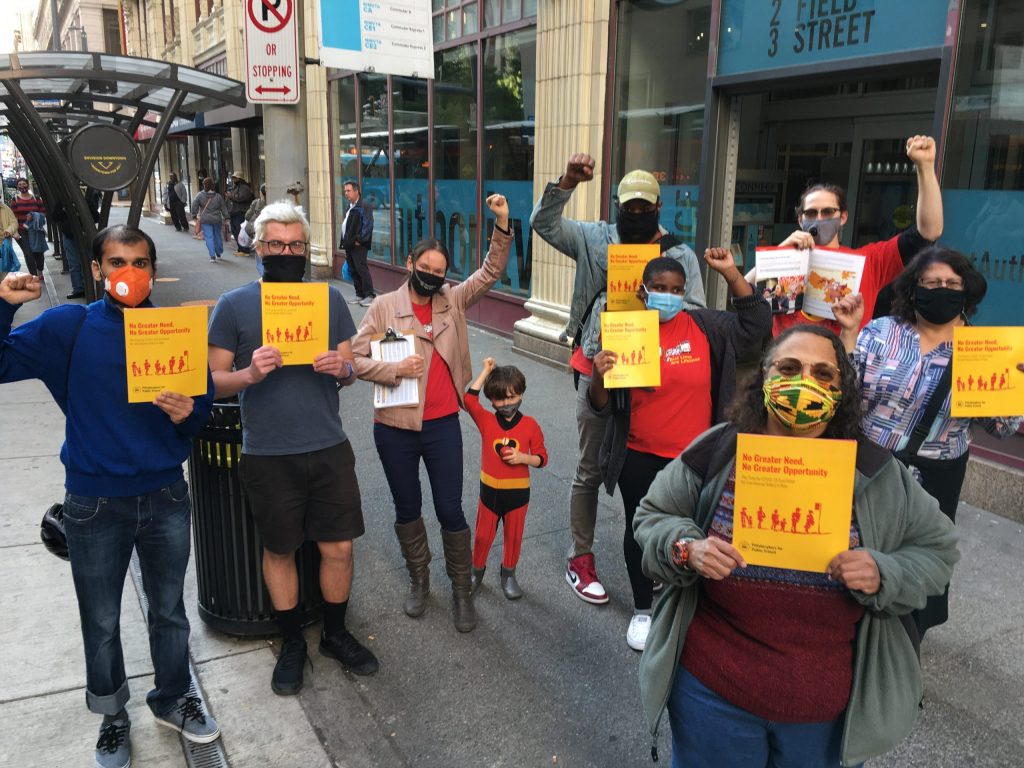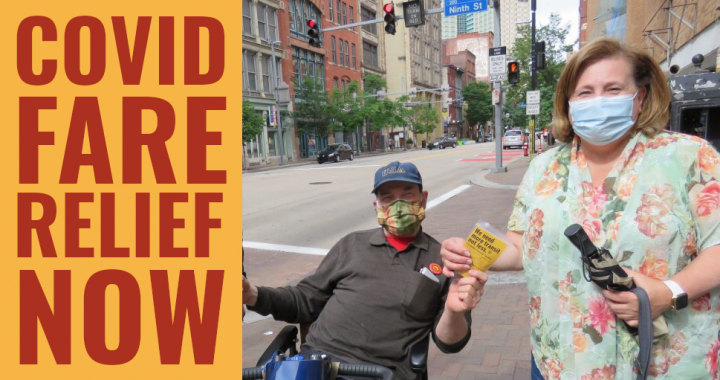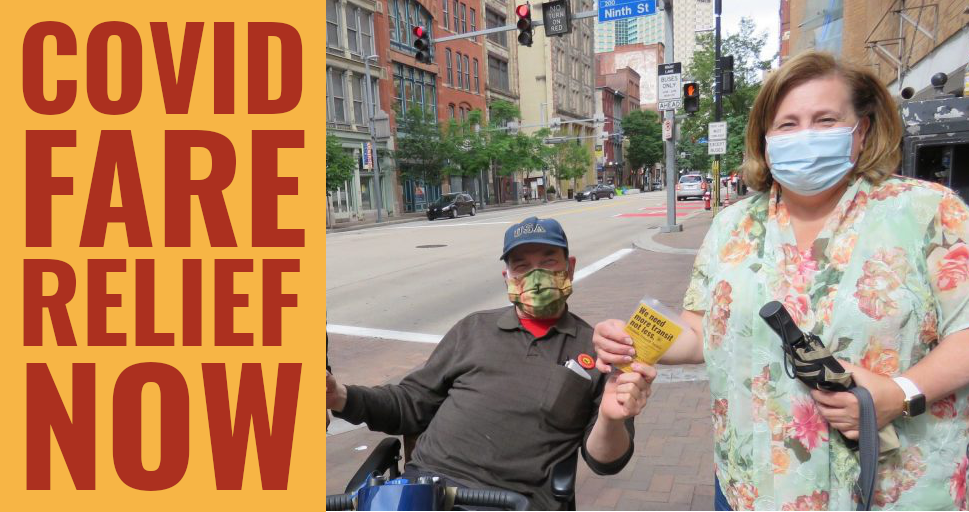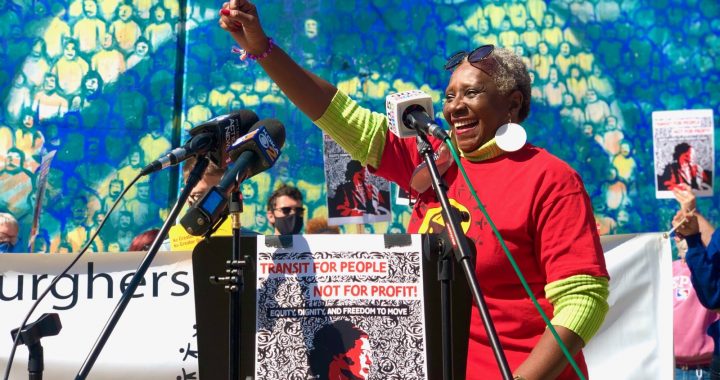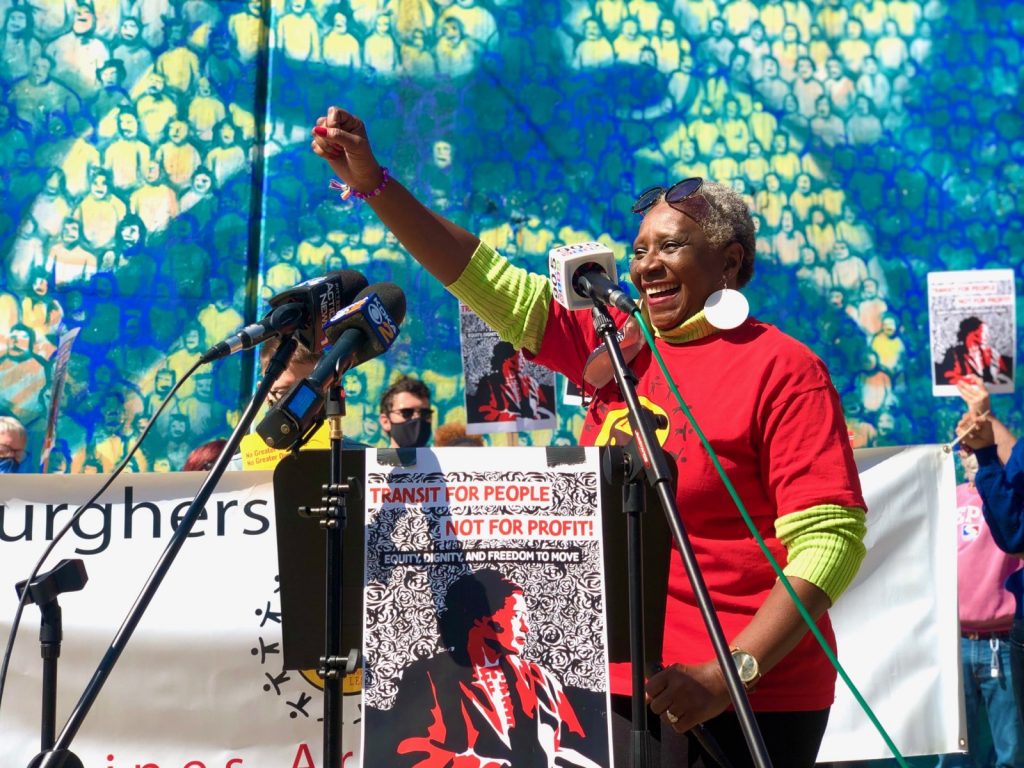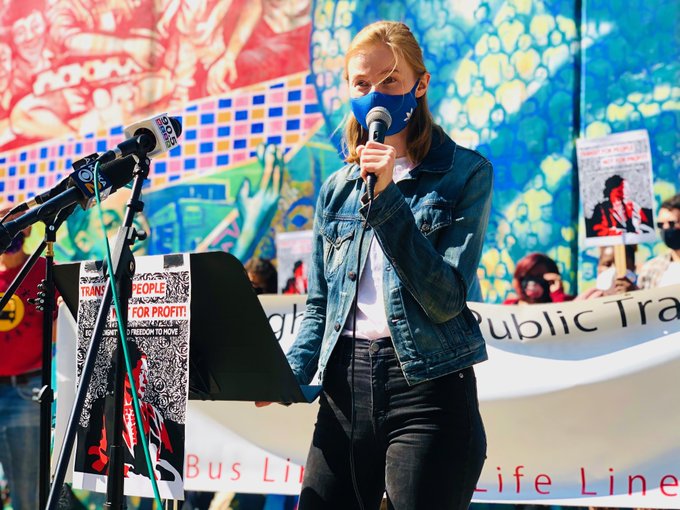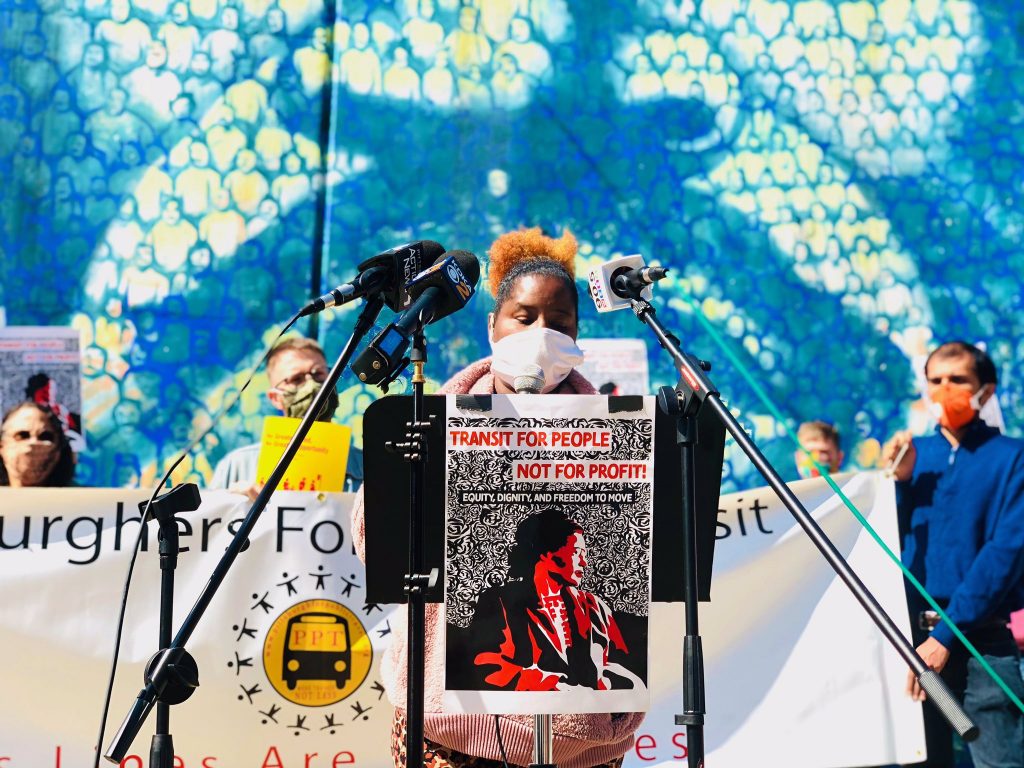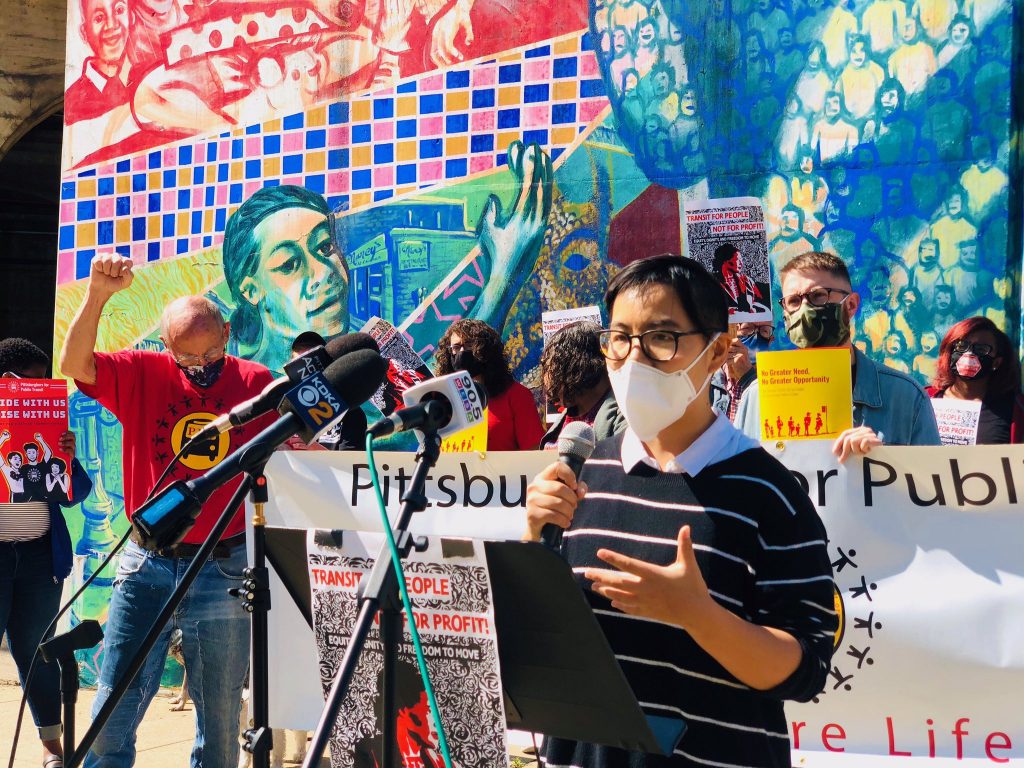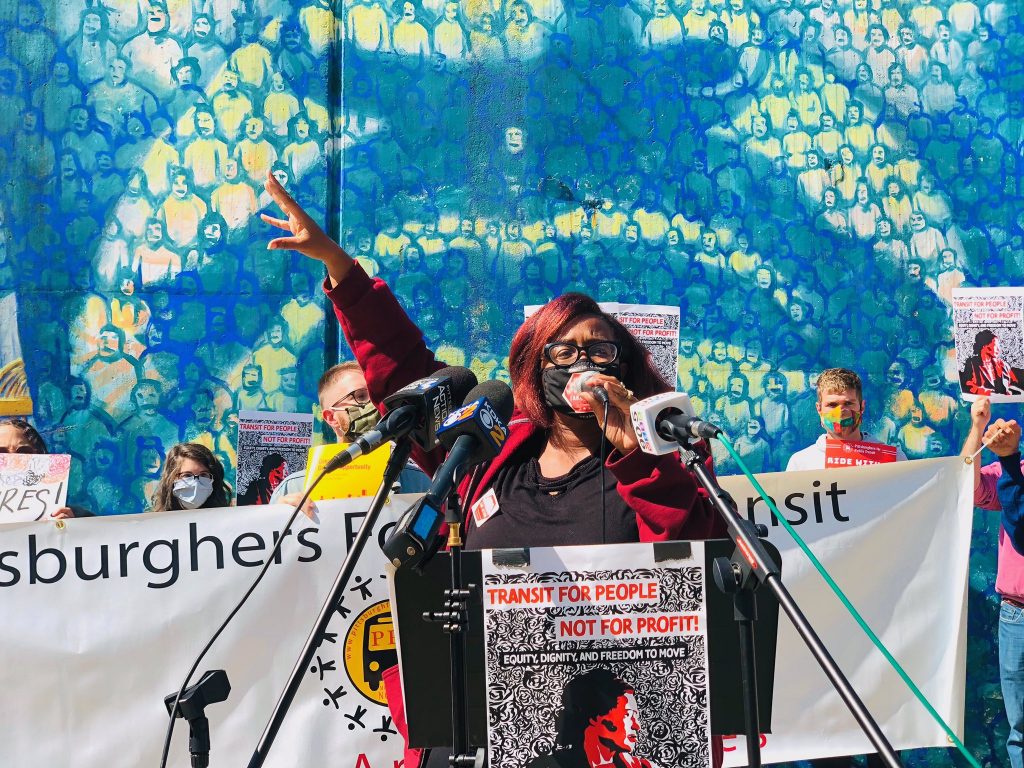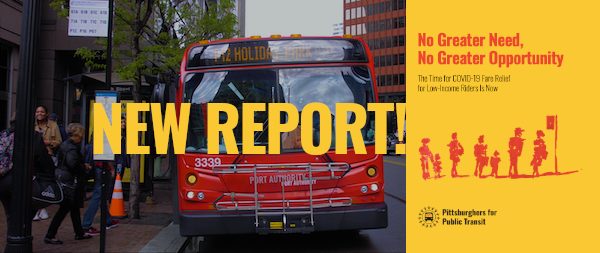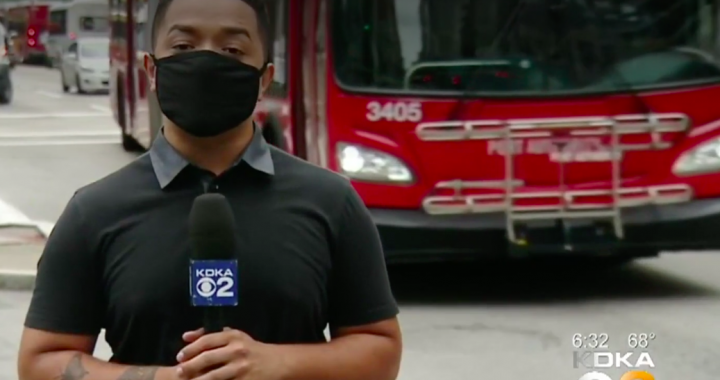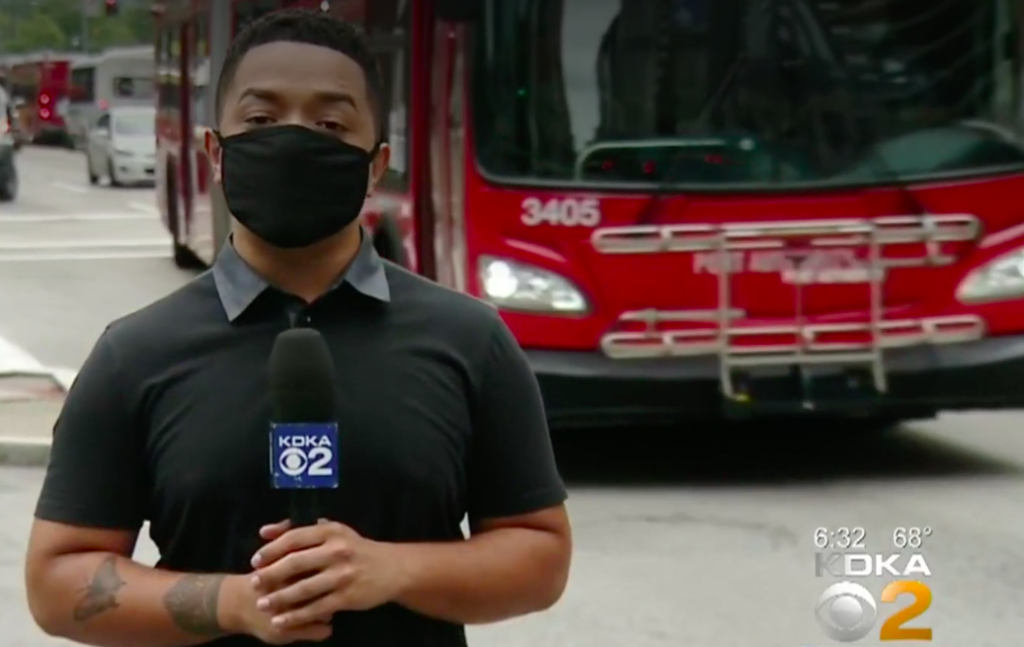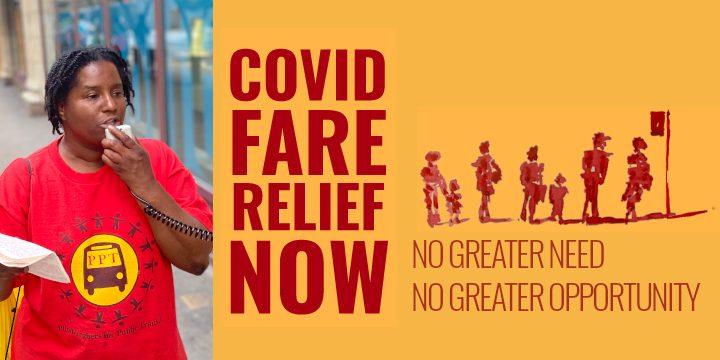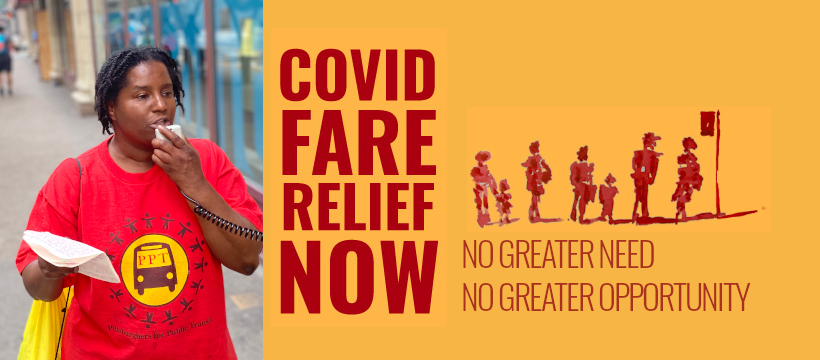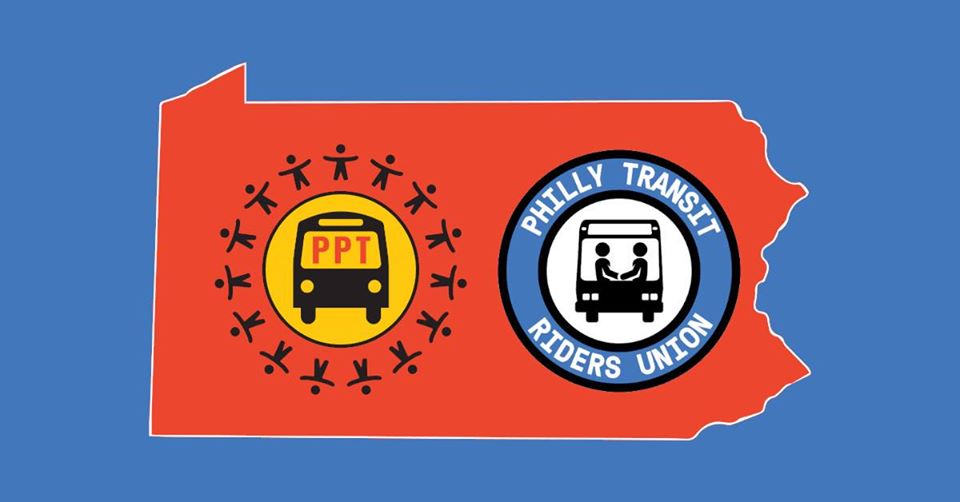
Comments Submitted to the Transportation and Climate Initiative from Pittsburghers for Public Transit and Philly Transit Rider’s Union 10/30/20
Dear Governors and Transportation and Climate Initiative (TCI) Leaders:
Transit rider member organizations have participated in the TCI MOU discussions for several years, and have constituencies that include frontline communities in the Philadelphia and Pittsburgh region. We, Pittsburghers for Public Transit (PPT) and the Philly Transit Riders Union (Philly TRU), hope to strengthen the equity language in the MOU, to both ensure that those with the most at stake have a strong voice at the table to determine how the TCI resources are allocated, and to ensure that they will receive a clear and measurable benefit from the cap-and-invest proceeds.
We recognize and appreciate the steps taken to include a minimum investment for “overburdened and underserved” communities, and the need to have state-level equity advisory bodies to oversee implementation. We also appreciate the acknowledgement that complementary policies to the TCI must be deployed, as market-based schemes do not themselves address carbon emissions due to transportation, and may, in fact, increase emissions and create worse outcomes in communities already heavily burdened by power plants.
PPT has been a signatory and collaborator in the Green for All Policy Design letter for an Equitable Clean Transportation Program, the TCI equity toolkit and subsequent letter submitted in response to the draft MOU in March 2020. We support and echo the Green For All recommendations submitted on 10/23 around the equity commitments, and would like to further elaborate on a few specific points.
Our comments regarding the equity commitments for the MOU are as follows:
1. Proceeds must put into a ‘lock box’ not to be raided for general funds. This is a high priority, because TCI runs the risk of becoming a regressive tax on low-income and Black and Brown communities if substantial resources are not protected and set aside to be directed by frontline communities. A TCI MOU approved by the governor by executive order could be modified or overturned by the legislature or subsequent governors. TCI without substantial resources allocated to “underserved and overburdened communities” is worse than no TCI at all.
2. The term “overburdened and underserved” should identify a specific and defined community across all the participating states. That might be a term in line with Title VI law, or “Environmental Justice” communities. This definition should encompass BIPOC residents, people with disabilities, low-income residents, older adults, and communities who experience poor air quality due to transportation, power plants, or other manufacturing emissions.
3. The percentage of dedicated investment dollars should be increased beyond the 35%, and the allotment should be determined relative to the percentage of overburdened and underserved communities in the state. We understand that PA is looking at the “underserved and overburdened” communities as those defined as EJ communities, which represent about a third of the state. Under that framework, the 35% represents merely an equal share of the proceeds, not a larger or more equitable share to help repair historic and current wrongs. Many other states apparently have an even higher percentage of EJ communities, which would be poorly served by a less-than-equal share of the revenue. We are calling for the carve out for “overburdened and underserved communities” to be a minimum of 150% of the state percentage of those communities. For example: if “overburdened and underserved” communities (defined according to Title VI or EJ standards) represent 35% of the state, then 52.5% of the TCI proceeds should be allocated for that constituency.
4. A significant percentage of TCI funds that are not part of the equity allotment should be dedicated to funding the expansion of public transit. Funding frequent, affordable, high quality public transit is a critical investment for addressing transportation emissions at the same time that it increases equity in our transportation systems.
Regarding the Community Advisory Body:
1. We believe that those who are targeted for the equity allotment should be the ones at the table to allocate resources and to design metrics to assess their efficacy. These Community Advisory Bodies must have the majority of seats filled with representative residents from disproportionately affected communities, who both live in that community and represent the demographics which define them as such. Representatives for the Community Advisory Body should additionally be chosen through an independent selection process, in concert with community-based organizations, and established as independent, non-political authorities.
a. The role of the Community Advisory Committee should include defining metrics for equitable outcomes, (including air quality monitoring and data tracking, changes to household income, public health impacts and increased jobs/services access). They should also advise on the RFP process and proposal evaluation criteria, and ensure communities are robustly engaged in all proposed infrastructure investments and programs.
2. Community Advisory Members should be paid for their time, local expertise, and reimbursed for travel. Moreover, community organizations should receive capacity grants for community outreach and education on the TCI program and develop their own proposals, including technical assistance. Funds for both of these should not be derived from the equity allotment, but be in addition.
Complementary policies we recommend:
1. At a minimum, TCI must do no harm to frontline communities already suffering from the emissions from electricity generation. We are deeply concerned about the disproportionate attention given to electrification as a remedy for transportation emissions, which will necessarily result in greater impacts on power-generation communities, and believe that it is unjust to secure resources for some underserved and overburdened communities at the expense of others. States must, in the MOU, commit to enacting, during the adoption of the TCI program and not at a later date, a complementary policy (such as California’s AB 617) that would guarantee significant emission reductions in disproportionately polluted communities.
Workforce development goals:
- We uplift the calls for workplace development and job training, especially for workers affected by the transition to cleaner vehicles and for communities who are under-employed. There should be provisions for ensuring that these jobs pay prevailing wage and commit to union-neutrality.The TCI program should include supplier diversity goals to encourage proposals from women and minority-owned businesses.
Ensuring that the TCI Investments are Equitable and Effective:
1. The Participating Jurisdictions will annually review and report the impacts of each Participating Jurisdiction’s individual program, including with respect to equity. Annual reports will specify how TCI program proceeds are spent by each Participating Jurisdiction and include lists of projects and programs supported by TCI proceeds and the levels of investment received by each. We would especially call for a critical eye towards investments in electric-charging stations, for them to be weighed against investments in transit-supportive infrastructure like bus rapid transit corridors in terms of equity, efficacy in reducing transportation emissions and number of residents served.
Thank you for your time and consideration. We look forward to on-going conversations around TCI.
Sincerely,
Philly Transit Riders Union
Pittsburghers for Public Transit
